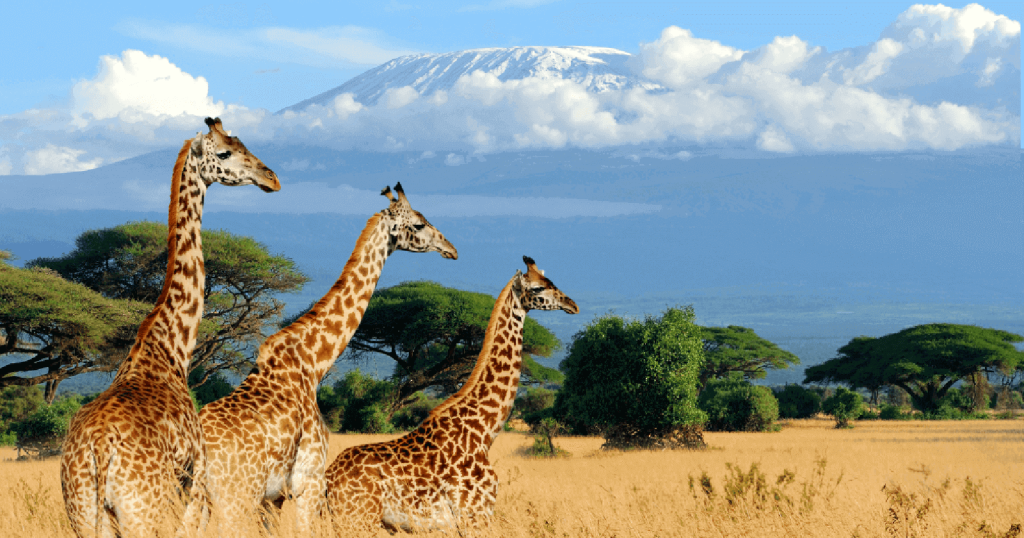Dreaming of an unforgettable adventure to the heart of Africa? Choosing the best time to travel Kenya is key to having an incredible experience. The best weather to travel Kenya typically falls between the country’s dry seasons, providing optimal wildlife viewing, stunning beach holidays, and breathtaking hikes up Mount Kenya. Let’s delve into more details to plan the perfect Kenyan expedition.
Understanding Kenya’s Climate and Seasons
Kenya’s geographical position on the equator leads to a unique array of climates throughout the country. Coastal areas experience a tropical climate, while inland regions are more arid, and the highlands offer a temperate environment. The country’s weather cycle includes two rainy seasons, the long rains from March to May, and the short rains from November to December. On the flip side, Kenya’s dry seasons occur from June to October and January to February. These seasons and weather patterns influence when to visit Kenya depending on the activities one plans to engage in.
Best Time for Wildlife Viewing
If you’re eager to encounter the astounding wildlife Kenya is famous for, your best bet is to plan your visit during the dry periods – late June to October and January through February. It is during these months that animals gather near water sources, enhancing your chances of spotting them in their natural habitat. The months of July to September, in particular, offer a front-row seat to the awe-inspiring wildebeest migration in the Maasai Mara, a spectacle unmatched anywhere in the world. The reduced rainfall during these months means fewer obstructions for game drives, less dense vegetation, and improved road conditions, making it the most favorable weather in Kenya for safari enthusiasts.
Ideal Time for Bird Watching
Boasting over a thousand different species, Kenya is indeed a paradise for bird enthusiasts. If your primary interest is bird watching, you’ll find the rainy seasons, from March to May and November to December, most rewarding. During these wetter months, birds from Europe and North Africa migrate to Kenya, expanding the diversity of species visible. Although the weather during these months may be more on the wet side, the variety of birdlife you can witness is truly astounding.
Optimal Time for Beach Holidays
Kenya’s coastline is renowned for its stunning white sand beaches and the inviting warm waters of the Indian Ocean. If you’re considering a sun-soaked vacation along this magnificent coast, timing is essential. The dry months of the year, specifically January to March, provide the most favorable conditions for beach activities. During this period, the skies are typically clear, the seas calm, and the crowds minimal, all contributing to a serene beachside getaway. Alternatively, another suitable period for coastal enjoyment falls between July and October. Despite being a touch cooler, this time still offers delightful beach weather and fewer tourists, ensuring a relaxing seaside retreat in Kenya.
Climbing Mount Kenya
Scaling Mount Kenya, Africa’s second loftiest peak, presents an exhilarating quest for climbing enthusiasts. The prime weather for this challenging ascent is typically found during Kenya’s dry months, which span from January to February and again from July through October. These periods offer the clearest vistas and the safest conditions for climbers. Bear in mind that as you ascend, the temperature dips drastically, necessitating appropriate and warm attire for the climb. An understanding of Kenya’s best weather to climb Mount Kenya can be a significant factor in a successful and enjoyable expedition.

